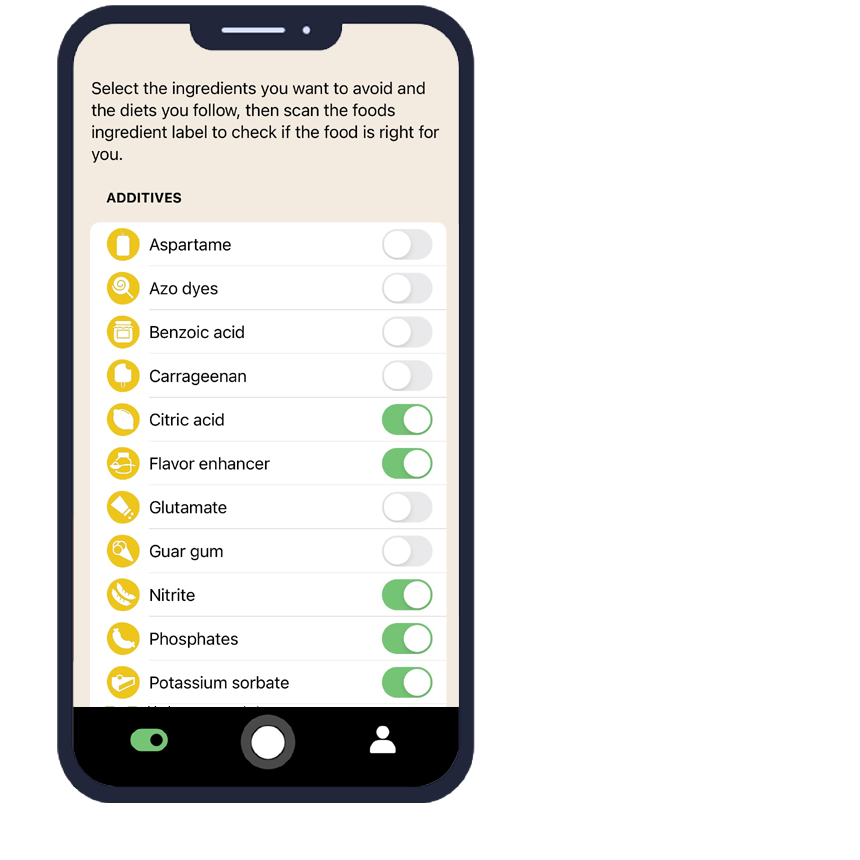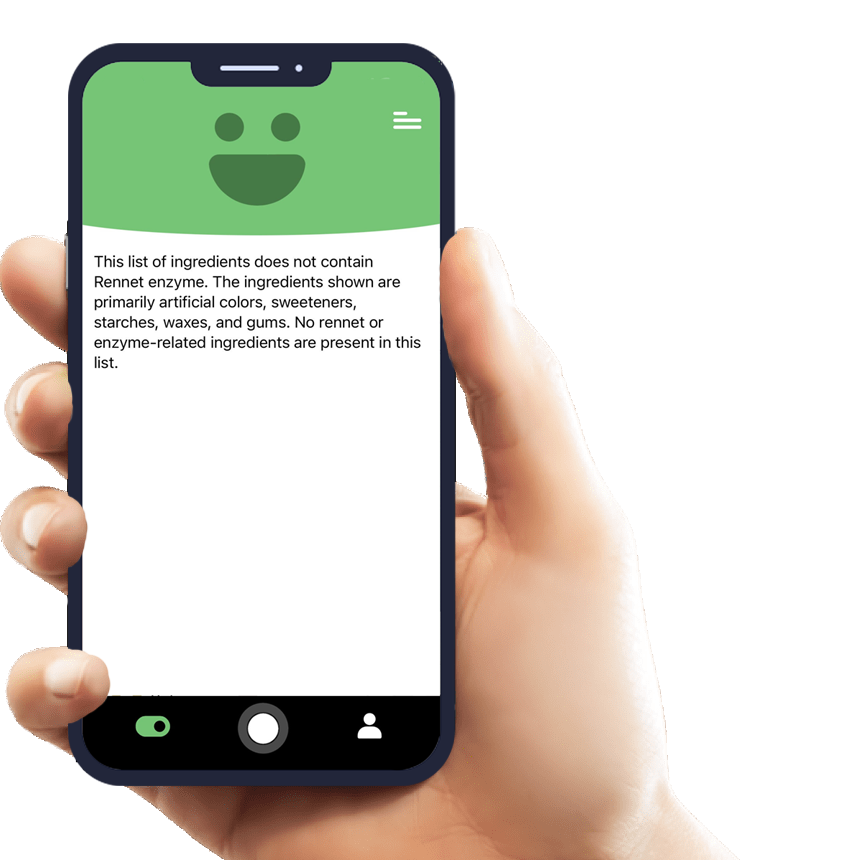Everything You Need to Know About Wheat and How AI Eat This Can Help You Avoid It
Wheat is one of the most common allergens found in food products worldwide, affecting millions of people with celiac disease, wheat allergies, and gluten sensitivities. For individuals with dietary restrictions, identifying wheat in processed foods can be challenging due to its widespread use and various forms. The AI Eat This mobile app revolutionizes how consumers manage their dietary needs by instantly scanning ingredient lists and identifying wheat-containing products in any language.
What Is Wheat and Where Is It Used in Food Products?
Wheat is a cereal grain that serves as both a primary ingredient and food additive in countless products. It contains gluten proteins that provide elasticity and structure to baked goods, making it essential in bread, pasta, and pastry production. Beyond obvious sources, wheat appears in unexpected places as a thickening agent, flavor enhancer, and stabilizer.
Common Foods Containing Wheat
Wheat can be found in numerous processed foods, often under different names or forms. Understanding where wheat commonly appears helps consumers make informed choices about their food purchases.
- Bread, pasta, crackers, and cereals
- Soy sauce, salad dressings, and marinades
- Processed meats and imitation seafood
- Soups, gravies, and sauce mixes
- Beer, malt beverages, and some spirits
- Candy, chocolate, and flavored snacks
Alternative Names for Wheat on Labels
Wheat safety becomes complicated when manufacturers use technical terms or alternative names. Common wheat derivatives include wheat flour, wheat starch, wheat protein, bulgur, semolina, and spelt. Modified food starch, hydrolyzed vegetable protein, and natural flavors may also contain wheat components, making label reading essential for those with wheat intolerance.
Is Wheat Safe? What Does the Research Say?
Regulatory Approvals and Guidelines
The FDA, EFSA, and WHO recognize wheat as generally safe for consumption by the general population. However, these health authorities mandate clear labeling requirements for wheat-containing products due to its status as a major allergen. The FDA requires manufacturers to clearly identify wheat on food labels when present as an ingredient or processing aid.
For most people, wheat consumption poses no health risks and provides essential nutrients including fiber, protein, and B vitamins. Current dietary guidelines recommend whole grain consumption, including wheat products, as part of a balanced diet.
Risks for Specific Groups
While wheat is safe for most consumers, certain individuals must avoid it completely for health reasons. People with celiac disease experience severe intestinal damage when consuming wheat, requiring strict adherence to wheat-free diets. Those with wheat allergy may experience immediate allergic reactions ranging from mild symptoms to life-threatening anaphylaxis.
Non-celiac gluten sensitivity affects individuals who experience digestive discomfort and other symptoms when consuming wheat products. These conditions highlight the importance of accurate wheat identification in food products and the need for reliable tools to support dietary restrictions.
How AI Eat This Helps You Avoid Wheat Effectively
The AI Eat This app transforms wheat avoidance from a time-consuming challenge into a simple scanning process. Users can photograph ingredient lists on any food package, and the app's artificial intelligence instantly identifies wheat and its derivatives in multiple languages. This technology eliminates guesswork and reduces the risk of accidental wheat consumption.
The app's personalized filter system allows users to set specific dietary preferences, including wheat-free options. When scanning products, AI Eat This immediately alerts users if wheat is present and suggests suitable alternatives. This feature proves invaluable for busy shoppers who need quick, reliable information about food additives and allergens.
Beyond simple identification, AI Eat This maintains a comprehensive database of wheat-containing ingredients and their various names. The app continuously updates its knowledge base, ensuring users receive accurate information about new products and ingredients entering the market.
Who Should Avoid Wheat in Their Diet?
Several groups benefit from avoiding wheat due to medical conditions or personal dietary choices. Individuals with celiac disease must maintain strict wheat-free diets to prevent intestinal damage and related health complications. People with wheat allergy require complete wheat avoidance to prevent allergic reactions that can range from mild to severe.
Those following gluten-free diets for non-celiac gluten sensitivity often find relief from digestive symptoms by eliminating wheat. Some individuals choose wheat-free diets as part of broader dietary restrictions or personal health optimization strategies.
Parents of children with wheat-related conditions particularly benefit from tools like AI Eat This, as they must carefully monitor all food purchases and meal preparations. The app provides peace of mind by ensuring accurate ingredient identification across diverse food products.
Practical Tips for Maintaining a Wheat-Free Diet
Successfully avoiding wheat requires strategic planning and consistent vigilance when shopping and dining. Reading ingredient labels becomes second nature, but using technology like AI Eat This streamlines this process significantly. Focus on whole, unprocessed foods when possible, as these naturally contain fewer hidden wheat ingredients.
When dining out, communicate clearly with restaurant staff about wheat allergies or intolerances. Many establishments now offer gluten-free menus, but cross-contamination remains a concern for highly sensitive individuals. Carrying the AI Eat This app provides additional security when evaluating packaged foods or questioning ingredient lists.
Stock your pantry with wheat-free alternatives such as rice flour, almond flour, and certified gluten-free products. Experiment with naturally wheat-free grains like quinoa, rice, and corn to maintain dietary variety while avoiding problematic ingredients.
Conclusion
Understanding wheat and its presence in food products is crucial for individuals with dietary restrictions, allergies, or health conditions requiring wheat avoidance. While wheat remains safe for most consumers, those who must avoid it face daily challenges in identifying wheat-containing products among countless food options.
The AI Eat This app provides an innovative solution by combining artificial intelligence with practical dietary management tools. Its ability to scan ingredients in any language and provide instant wheat identification makes it an invaluable resource for anyone following dietary restrictions.
Take control of your dietary health and simplify wheat avoidance with reliable technology. Download AI Eat This for free testing today and experience how easy managing wheat-free living can become with the right tools at your fingertips.

70 filters
With over 70 filters, you can easily avoid certain ingredients and follow your dietary preference.

Paleo

Pescetarian

Ultra-processed food

Vegan







































































